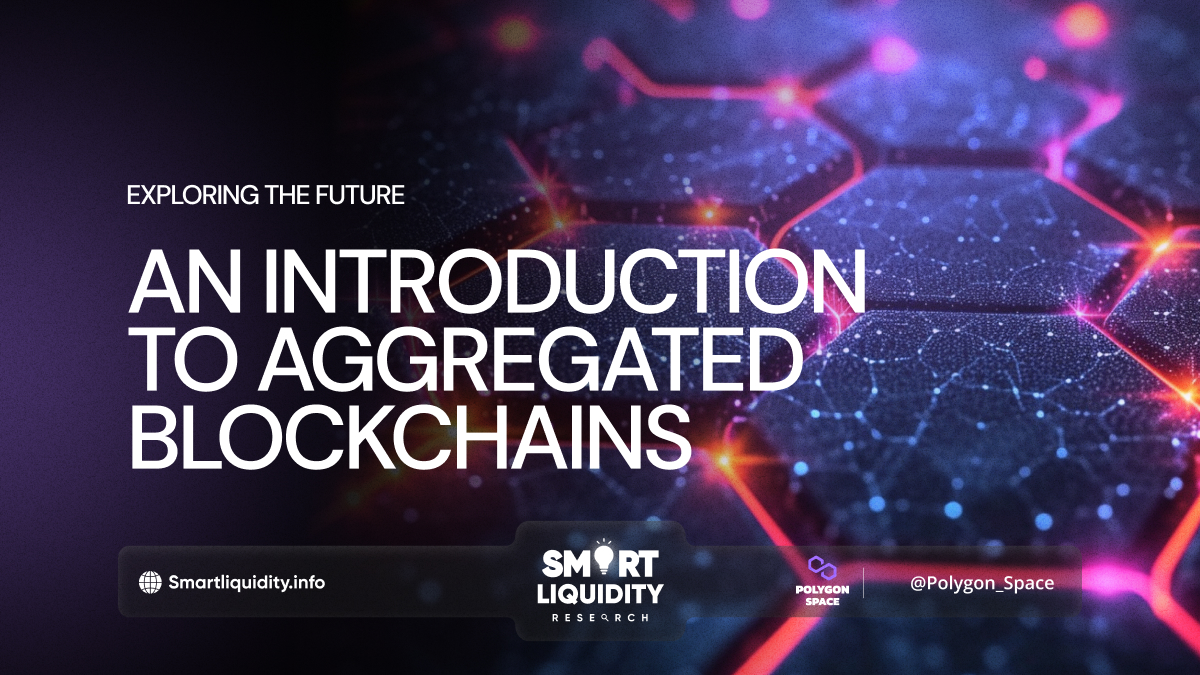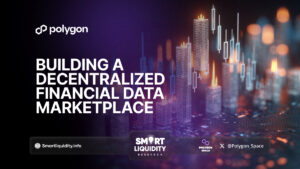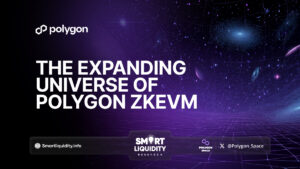An Introduction to Aggregated Blockchains


Aggregated blockchains are an innovative approach to making life easier for users, developers, and blockchain networks in the Web3 ecosystem. This method combines the best features of previous scaling solutions to create a more seamless, scalable, and interoperable blockchain experience.
Definition: An aggregated blockchain is a horizontally scalable multichain ecosystem. It allows different blockchains to share liquidity and state, enabling smooth interactions across chains. This new approach connects sovereign blockchains to enhance scalability and interoperability.
For Users: Aggregated blockchains enable one-click transactions across different chains, making the experience as straightforward as navigating the internet.
For Developers and Chains: Aggregated blockchains offer access to the user bases and shared liquidity of multiple blockchains. Developers can focus on market fit without worrying about competition for resources or bootstrapping liquidity. Chains benefit from network effects while maintaining their independence.
The AggLayer: The AggLayer is the first example of an aggregated blockchain network. It integrates contributions from Polygon Labs, Succinct Labs, Toposware, and more. OKX’s X Layer, built with Polygon CDK, joined AggLayer in April 2024, allowing over 50 million users to access unified liquidity and network effects.
Scaling Debate: There are two main approaches to blockchain scaling: monolithic and modular. Monolithic chains integrate all functions within a single environment, while modular chains separate functions across multiple chains. Aggregated blockchains combine these approaches to achieve both shared liquidity and modular flexibility.
Benefits:
- Asset Fungibility: Users can transfer native tokens across chains using a unified bridge without needing synthetic tokens.
- Low-Latency Interaction: Cross-chain transactions can occur quickly without waiting for Ethereum verification.
For Developers: Developers can create specialized execution environments using tools like Polygon CDK and connect to the AggLayer for liquidity access. This setup allows developers to optimize for specific use cases without competing for shared resources.
For Users: The aggregated network offers a user experience similar to a single chain but across multiple, modular chains, resembling the current internet’s simplicity.
REQUEST AN ARTICLE
DISCLAIMER:
“The information provided on this platform is for general informational purposes only. All information on the platform is provided in good faith; however, we make no representation or warranty of any kind, express or implied, regarding the accuracy, adequacy, validity, reliability, availability, or completeness of any information on the platform.”




